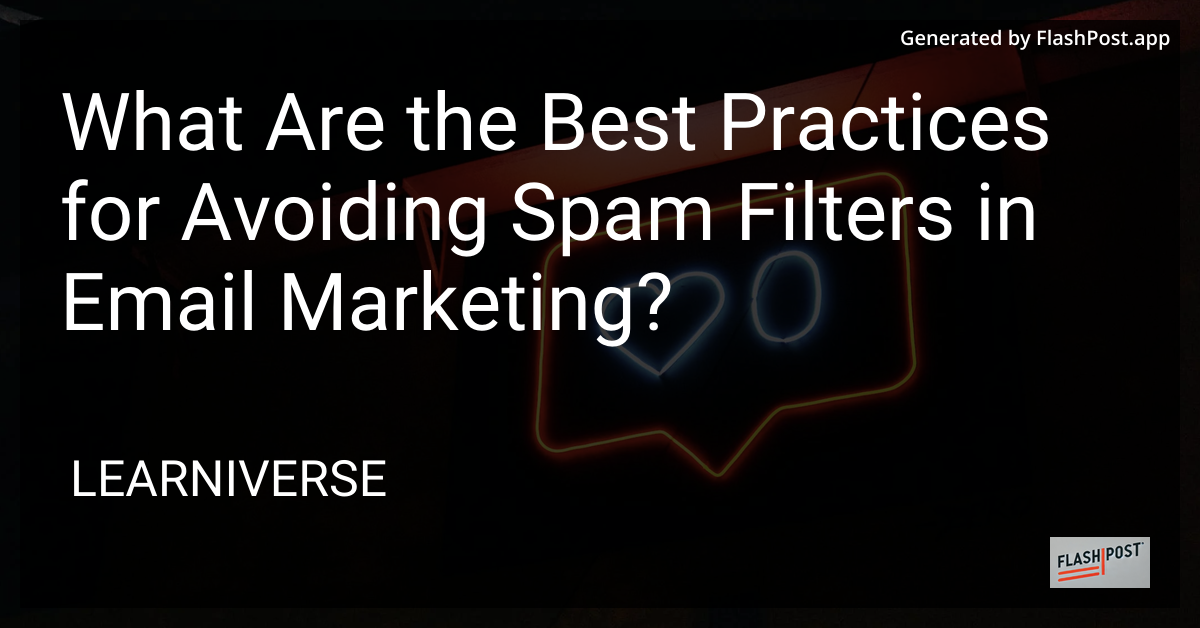What Are the Best Practices for Avoiding Spam Filters in Email Marketing?

In the world of digital communication, email marketing remains a powerful tool for businesses. However, one of the significant challenges marketers face is ensuring that their emails reach the intended inbox and not land in the spam folder. Here, we explore some of the best practices to avoid spam filters and improve your email deliverability.
1. Maintain a Clean Mailing List
A healthy, updated email list is crucial. Remove inactive subscribers and incorrect addresses regularly. Use double opt-in methods to ensure that people actually want to receive your emails. This practice not only helps avoid spam complaints but also increases engagement rates.
2. Craft a Relevant and Engaging Subject Line
The subject line is the first thing your recipient sees. Avoid using all caps, excessive punctuation marks (!!!), or spammy words like “free,” “urgent,” or “guarantee.” Instead, keep the subject lines concise, clear, and relevant to the content.
3. Personalize Your Emails
Personalized emails foster better engagement. Use the recipient’s name and tailor the content based on their preferences or previous interactions. Personalization reduces the chances of your emails being marked as spam, as they appear more relevant to the reader.
4. Use a Reputable Sending Domain
Using your domain adds credibility to your emails. Set up authentication protocols like SPF, DKIM, and DMARC to verify your identity and increase the chances of deliverability. For more on sending emails with specific platforms, you can explore how to send email in Laravel, work with an SMTP server, or send a PDF attachment.
5. Keep a Balanced Text-to-Image Ratio
Emails that are image-heavy or consist solely of images can be flagged as spam. Ensure a good balance of text and images for better deliverability. Always add alt text to images, so even if the images don't load, your message is still clear.
6. Provide an Unsubscribe Option
While it may seem counterintuitive, providing an easy way for subscribers to opt-out of your emails is essential. It helps maintain a positive sender reputation and ensures that only interested recipients are on your list.
7. Monitor Your Email Performance
Regularly check your email metrics such as open rates, bounce rates, and spam complaints. Tools like email marketing software can help in tracking these metrics. If you notice a high rate of spam complaints or unsubscribes, it may be time to revisit your email strategy.
8. Test Before Sending
Before sending your email blast, perform tests to see how the emails render across different devices and email clients. Testing ensures that your email doesn’t trigger spam filters due to malformed code or improper rendering.
Conclusion
Avoiding spam filters requires a strategic approach that combines good sending practices with engaging and relevant content. By following the above best practices, you can improve your email marketing campaign’s effectiveness and ensure your messages reach the intended audience.
For more detailed email sending techniques, you might also be interested in exploring sending emails with Laravel or through PowerShell. These guides can provide specific insights into different aspects of email management and distribution.
```